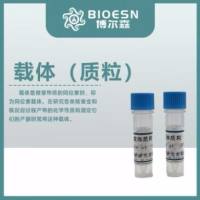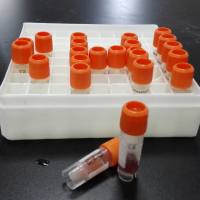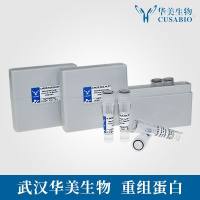Thyroid hormone receptors (TRs ) and retinoic acid receptors (RARs ) are nuclear hormone receptors that play crucial roles in embryogenesis, cell proliferation, differentiation, and metabolism. TRs and RARs repress basal transcription in the absence of ligand and activate transcription upon ligand binding in positively-regulated target genes (1 –3 ). TRs and RARs mediate basal repression through interactions with corepressors, such as nuclear receptor corepressor (NcoR ) and silencing mediator for retinoid and thyroid hormone receptors (SMRT ) (4 ,5 ). NCoR and SMRT are both 270 kDa proteins that have 43% amino acid homology (4 ,5 ). These corepressors have two nuclear hormone receptor interaction domains in the carboxy terminus and three transferable repression domains in the amino terminus (RD1, RD2, RD3 ) (3 ,6 ). RD1 and a region downstream of RD3 have been shown to recruit histone deacetylases (HDAC1 and HDAC2 ) through direct interaction with Sin3B (3 ,6 -9 ). The TR/corepressor/sin3/HDAC causes hypoacetylation of local histones, which then results in conformational changes in the nucleosome structure and decreases access of enhancers and components of the basal transcriptional machinery to the promoter region and transcriptional start site (7 -10 ). In contrast to basal repression, histone acetylation plays an important role in transcription as p160 coactivators and associated cofactors are recruited by liganded TR, which then forms complexes that contain histone acetyltransferase activity (11 ). These complexes may then exchange with other complexes that share components with the RNA pol II transcriptional initiation complex (12 ,13 ).






